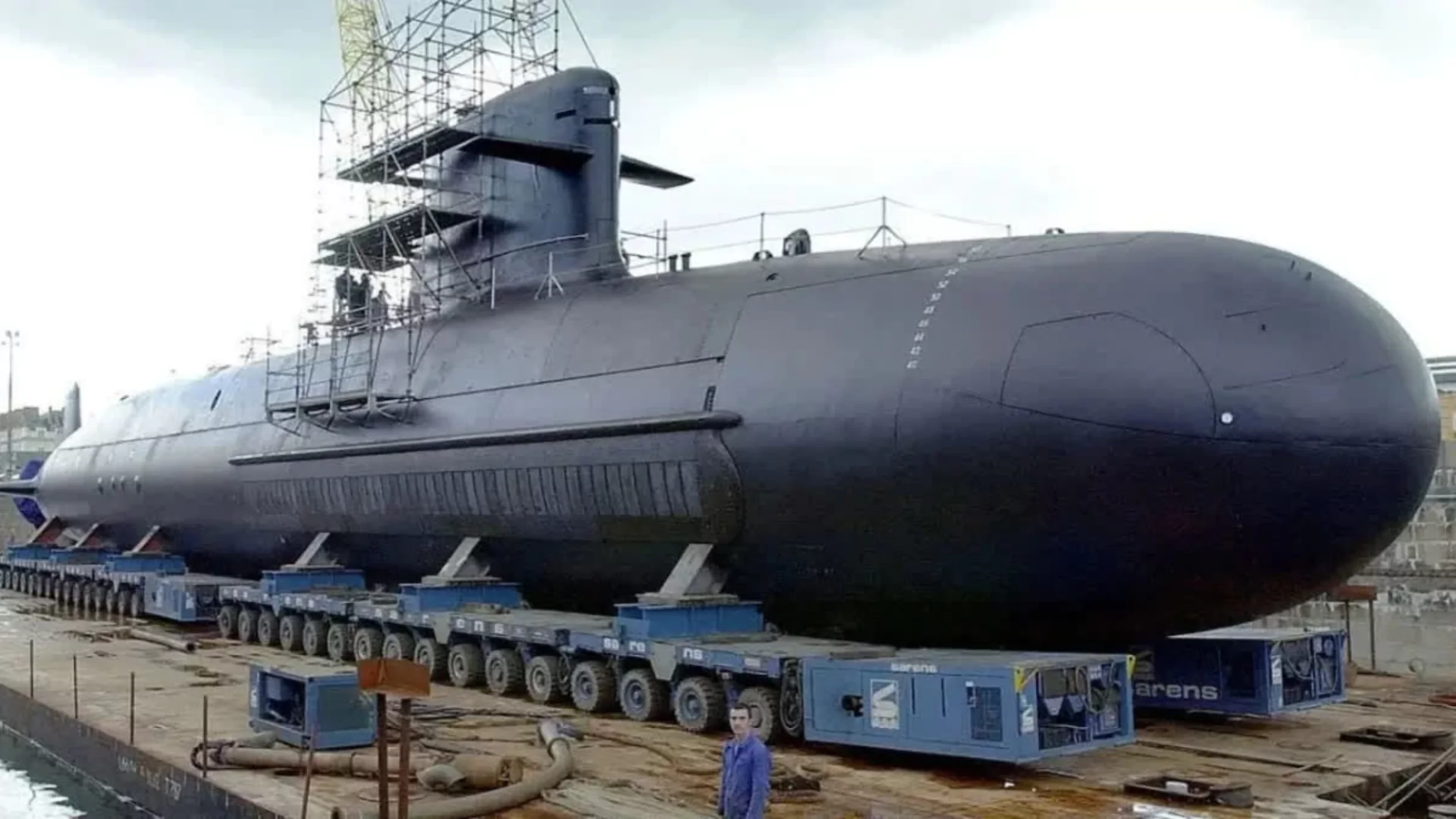Defense Minister Rajnath Singh is poised to commission India’s second nuclear-powered ballistic missile submarine (SSBN), INS Arighat, also known as S-3, in a discreet ceremony in Visakhapatnam on Thursday. The event, which will be attended by Chief of Naval Staff Admiral Dinesh Tripathi, Vice Admiral Suraj Berry, the head of India’s Strategic Forces Command, and senior officials from the Defense Research and Development Organisation (DRDO), marks a significant step in bolstering India’s maritime defence capabilities.
While the Defense Ministry has maintained a guarded stance on the classified project, sources have revealed that the 6,000-tonne INS Arighat is ready to undertake a long-range patrol in the Indo-Pacific, armed with K-15 nuclear ballistic missiles, which have a range of 750 kilometers. Furthermore, India’s third SSBN, INS Aridaman (S-4), is expected to be commissioned next year, with a fourth submarine, codenamed S-4*, to follow shortly after, according to those familiar with the development who requested anonymity.
Expansion of India’s Underwater Nuclear Deterrent
With the induction of INS Arighat, India now has two nuclear-powered submarines — INS Arihant (S-2) and INS Arighat — actively patrolling the oceans, forming a crucial part of the nation’s nuclear triad and second-strike capability. This capability is particularly critical given India’s no-first-use nuclear policy, which requires a credible second-strike ability to deter adversaries.
READ MORE: India Calls For Speedy Reforms In UN Security Council Discussions
To further enhance its naval prowess, the Indian Navy has already approached the Narendra Modi government for the approval of two nuclear-powered conventionally armed submarines (SSNs). Unlike diesel-electric attack submarines (SSKs), which must surface frequently to recharge their batteries, both SSBNs and SSNs are capable of remaining submerged for extended periods, limited primarily by logistical needs such as supplies and crew rotations.
Strategic Significance of the New SSBNs
India’s strategic location at the heart of the Indo-Pacific allows the two SSBNs to provide substantial leverage in the region, acting as a deterrent to any naval forces attempting to challenge India’s maritime interests. Both submarines of the INS Arihant class are powered by indigenous nuclear reactors and equipped with nuclear missiles developed in India. While INS Arihant served as a technological demonstrator, INS Arighat addresses all previous technological gaps, representing a more advanced version.
Following the commissioning of the S-4* SSBN, India is set to begin the construction of a new class of submarines that will be significantly larger, equipped to carry nuclear ballistic missiles with a range of up to 3,000 kilometers, and will feature additional missile tubes, according to sources.
Given that India already possesses land-based nuclear missiles, such as the Agni series, and an air-launched nuclear capability, the SSBNs are considered the most formidable component of its nuclear triad.
Enhancing Naval Capabilities with Advanced Warships
The Indian Navy’s capabilities are set to expand further with the commissioning of several advanced warships over the next six months. These include the latest guided missile stealth destroyer, INS Surat, the stealth-guided missile frigate, INS Taragiri, and the sixth Kalveri-class attack submarine, INS Vagsheer. In addition, orders for three more Kalveri-class submarines are expected to be placed with Mazagon Dock Shipbuilders Ltd in Mumbai later this year.





















